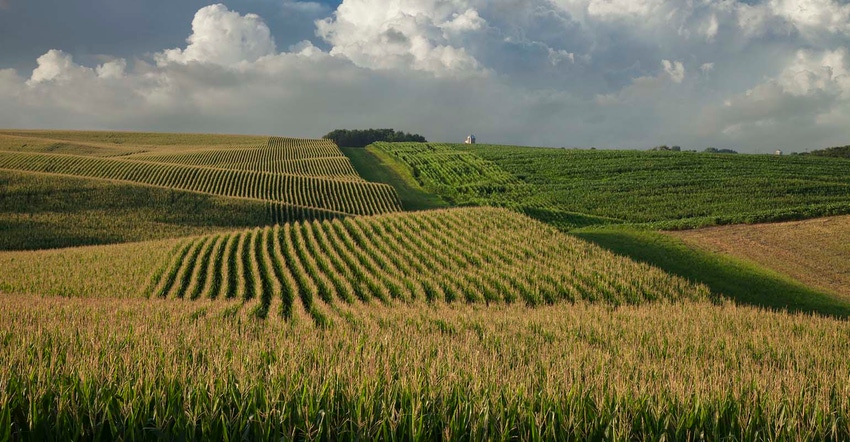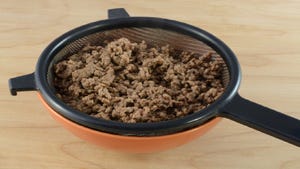
You make money by producing and selling grain. As a grain seller, it will help to have price targets to guide your actions. You need something to aim for!
As we think about price targets, let’s consider two scenarios where I split your pricing challenge into two distinct periods – before and after harvest.
Scenario #1: Harvest is here and you are filling your bins with $3.60/bu. corn and $8/bu. soybeans (northern Iowa/southern Minnesota figures in 2019). How would you go about setting your price objectives for grain sales after harvest?
Scenario #2: Is it ever too early to think about next year? Dec’20 corn is trading near $4/bu. and Nov’20 soybeans are trading near $9.40/bu. How would you go about setting your price objectives for pricing actions before harvest?
The same grain
The split might seem a little artificial. After all, it’s all the same grain. But I think your mindset in setting price targets can and should be quite different, before vs. after harvest.
As you look ahead towards pre-harvest pricing of the 2020 crop, your costs of production are relevant. For many producers Upper Midwest producers, cash corn production costs of $3.50-3.80/bu. are common. Add a basis of 40 cents/bu. and you have a new crop December corn futures equivalent of $3.90-4.20/bu.
My argument for an initial price target (aka a minimum price objective) is that it should start at your break-even cost of production.
Should you price your entire expected crop at a break-even price? Of course not. But it should be your starting point because markets can be cruel, and there is no guarantee of a break-even price on all of your sales.
With your cost of production establishing your initial price target, set higher price targets in 25-30 cent increments. Don’t worry about price targets that appear to be “too high.” Decision dates – next month’s topic – will address the “too high” problem.
I have different thoughts on price targets for grain held in storage after harvest. Should you consider your cost of production? No! Welcome to the concept of “sunk costs” and a market that is indifferent to your price needs.
Think big
Concerning price targets after harvest, you must think big, but also be realistic.
What do I mean by think big? If you read last month’s discussion of selling the carry, you know that you have a very low risk way of getting an additional 35-50 cents per bushel with a storage hedge. With that strategy available, it does not make sense for a producer to put unpriced grain in storage, hoping for a 30-40 cent price rise after harvest. You got that with a storage hedge! You must think big – shoot for 15-20% over your harvest price (For example, $3.60 corn? 50-75 cents/bu. over the harvest price).
What do I mean by realistic? A few years back, I met producers waiting for $10 corn and $20 soybeans. Could prices like this ever happen? Yes. Is it likely to happen? No, so you need to get real. Unrealistically high price targets are not a real plan for action – they are an excuse for no action, as you wait for something that has little chance of occurring.
Next month, we will discuss decision dates. Once you understand decision dates and how they work in pricing grain, you will understand how unimportant your aggressive, but realistic, price targets are in a marketing plan.
Edward Usset is a Grain Market Economist at the University of Minnesota, and author of the book “Grain Marketing is Simple (it’s just not easy).” You can reach him at [email protected].
Read the other articles in the Advanced Marketing Class series:
About the Author(s)
You May Also Like






